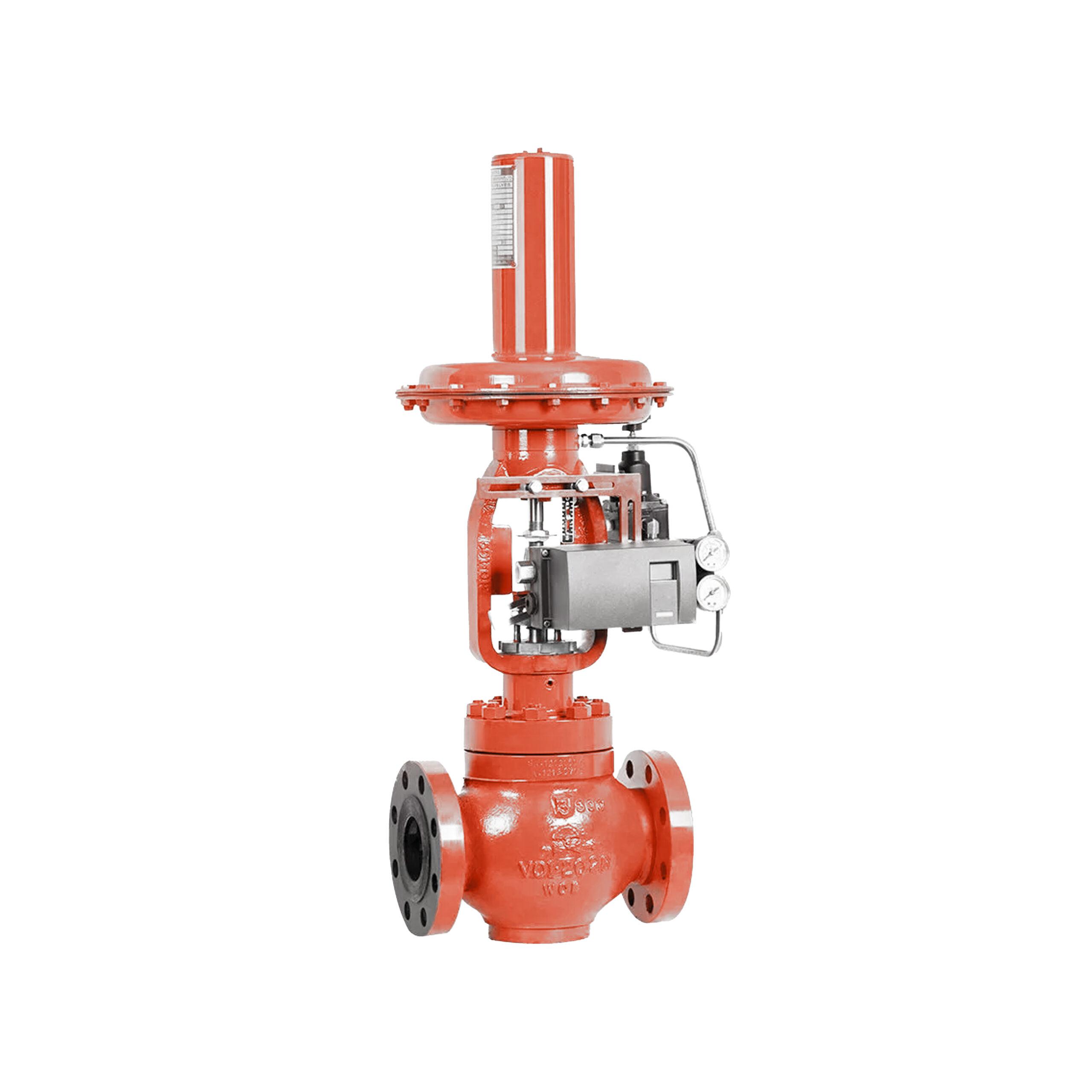Enhancing System Control with High-Performance Control Valves
Wiki Article

Maximize Energy Savings and Convenience With Advanced Structure Automation Controls
In the realm of contemporary style and facility management, the integration of sophisticated building automation manages stands as a pivotal development. By taking advantage of the power of automation, structures can adapt, react, and advance in ways that were once unimaginable.Energy Effectiveness Perks
Power efficiency advantages can significantly minimize energy intake and functional prices in buildings. By carrying out energy-efficient methods and innovations, building owners and drivers can attain significant financial savings while additionally adding to ecological sustainability. Among the key benefits of enhancing power effectiveness in buildings is the reduction of energy expenses. Energy-efficient systems, such as sophisticated building automation controls, can enhance using sources like heating, lighting, and cooling, leading to reduced power costs in time.Additionally, improved energy effectiveness can prolong the lifespan of building equipment and systems. By operating much more effectively, heating and cooling systems, lighting fixtures, and other structure elements experience much less damage, resulting in lowered upkeep and substitute expenses. Furthermore, energy-efficient structures typically regulate greater building values and rental prices, supplying lasting financial benefits to proprietors.
Additionally, energy performance can improve owner comfort and performance. Appropriately controlled interior atmospheres with optimum lights and thermal conditions develop an even more helpful and pleasant work space, causing improved employee satisfaction and performance. On the whole, the power effectiveness benefits related to innovative structure automation controls are multifaceted, incorporating price financial savings, environmental stewardship, and resident health.
Improved Convenience Control
Enhancing comfort control in structure atmospheres needs an innovative combination of sophisticated automation systems for optimum occupant wellness. By utilizing innovative building automation controls, facilities can tailor the interior setting to meet the certain needs and choices of residents. These systems allow precise regulation of temperature level, lighting, and air flow, producing a comfy and efficient ambience. Owner complete satisfaction and productivity are closely connected to thermal comfort, making it vital to have systems in position that can adjust to transforming problems in real-time.Boosted convenience control goes beyond standard temperature level modifications. It includes functions such as personalized settings, occupancy sensors, and natural light use to create a dynamic and receptive environment. By incorporating these advanced controls, buildings can not only enhance convenience yet likewise improve energy efficiency by optimizing system procedures based on real tenancy and usage patterns. Inevitably, focusing on resident convenience with advanced automation systems causes an extra delightful and much healthier indoor atmosphere.
Functional Effectiveness Improvements

Furthermore, the implementation of real-time tracking and analytics tools allows building operators official website to identify power inadequacies and operational anomalies immediately. By constantly checking power usage patterns and system efficiency metrics, modifications can be made in real-time to optimize power consumption and ensure peak operational performance. control valves. In addition, incorporating need response techniques right into structure automation controls can even more boost functional efficiency by dynamically readjusting energy use based on grid problems and pricing signals
Indoor Climate Optimization
Effective indoor environment optimization is a basic aspect of building automation controls, guaranteeing owners' comfort and well-being while maximizing power savings. By utilizing sophisticated sensing units and controls, constructing automation systems can continuously keep track of and readjust temperature, humidity levels, air top quality, and ventilation to create an optimal interior setting. Maintaining comfy and regular problems not just boosts resident satisfaction however also enhances efficiency and general health.Indoor climate optimization also plays a vital role in power efficiency. By fine-tuning air flow, cooling, and home heating systems based on real-time data and occupancy patterns, constructing automation controls can considerably minimize energy consumption - control valves. Applying techniques such as demand-controlled ventilation and thermal zoning can assist minimize power waste while making certain that each location of the building gets the required conditioning.

Sustainable Environment Development
Building automation regulates not just enhance interior environment conditions for power efficiency and owner comfort yet likewise lay the foundation for developing a lasting setting with tactical management of systems and resources. By incorporating sophisticated structure automation technologies, such as sensors, actuators, and intelligent software program, facilities can adjust and keep track of energy use in real-time to decrease waste and reduce their carbon footprint. These systems make it possible for predictive upkeep, recognizing possible concerns before they intensify and maximizing devices efficiency to enhance long life and performance.Additionally, sustainable environment development expands beyond power monitoring to encompass water preservation, waste decrease, and indoor air quality renovation. Structure automation controls can control water usage, identify leaks, and make sure correct waste disposal practices, contributing to overall sustainability efforts. Additionally, by keeping track of and controlling air flow and filtering systems, these innovations boost resident wellness and efficiency while reducing power usage connected with other cooling and heating operations.
Final Thought
In conclusion, progressed structure automation controls offer considerable advantages in terms of energy savings, comfort control, functional efficiency, indoor environment optimization, and developing a lasting atmosphere. By implementing these controls, buildings can attain optimum performance while decreasing power consumption and boosting resident comfort. It is evident that making use of advanced automation technology is critical in improving structure performance and creating a more sustainable future.Power performance benefits can dramatically decrease power usage and functional costs in structures. Generally, the energy performance advantages linked with sophisticated building automation controls are diverse, encompassing price savings, environmental stewardship, and owner health.
Additionally, other including need reaction techniques into structure automation controls can even more boost functional efficiency by dynamically adjusting energy usage based on grid problems and pricing signals.
Building automation manages not just enhance interior environment problems for energy efficiency and resident convenience but also lay the foundation for producing a sustainable environment with tactical administration of systems and sources.In final thought, advanced structure automation manages offer significant advantages in terms of power financial savings, comfort control, functional effectiveness, interior climate optimization, and developing a sustainable setting.
Report this wiki page